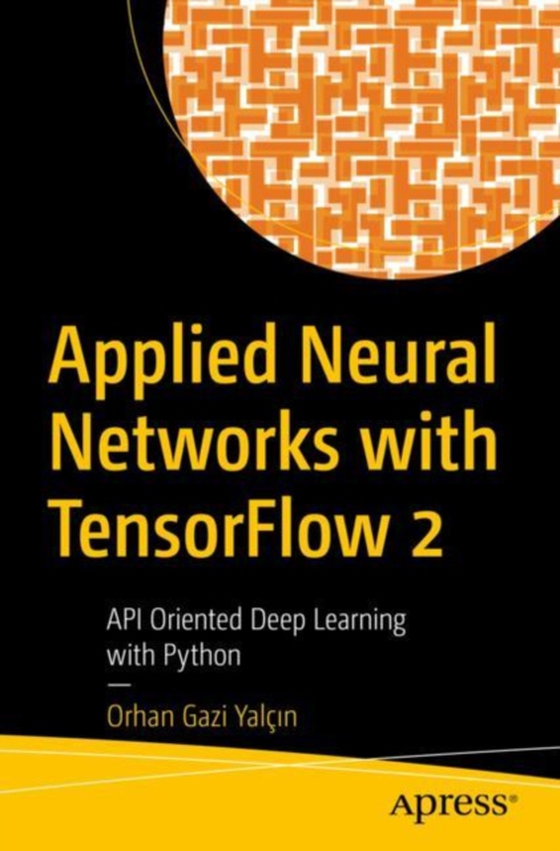
Applied Neural Networks with TensorFlow 2 e-bog
473,39 DKK
(inkl. moms 591,74 DKK)
Implement deep learning applications using TensorFlow while learning the "e;why"e; through in-depth conceptual explanations. You'll start by learning what deep learning offers over other machine learning models. Then familiarize yourself with several technologies used to create deep learning models. While some of these technologies are complementary, such as Pandas, Scikit-Learn, ...
E-bog
473,39 DKK
Forlag
Apress
Udgivet
29 november 2020
Genrer
Artificial intelligence
Sprog
English
Format
pdf
Beskyttelse
LCP
ISBN
9781484265130
Implement deep learning applications using TensorFlow while learning the "e;why"e; through in-depth conceptual explanations. You'll start by learning what deep learning offers over other machine learning models. Then familiarize yourself with several technologies used to create deep learning models. While some of these technologies are complementary, such as Pandas, Scikit-Learn, and Numpy-others are competitors, such as PyTorch, Caffe, and Theano. This book clarifies the positions of deep learning and Tensorflow among their peers. You'll then work on supervised deep learning models to gain applied experience with the technology. A single-layer of multiple perceptrons will be used to build a shallow neural network before turning it into a deep neural network. After showing the structure of the ANNs, a real-life application will be created with Tensorflow 2.0 Keras API. Next, you'll work on data augmentation and batch normalization methods. Then, the Fashion MNIST dataset will be used to train a CNN. CIFAR10 and Imagenet pre-trained models will be loaded to create already advanced CNNs. Finally, move into theoretical applications and unsupervised learning with auto-encoders and reinforcement learning with tf-agent models. With this book, you'll delve into applied deep learning practical functions and build a wealth of knowledge about how to use TensorFlow effectively. What You'll Learn Compare competing technologies and see why TensorFlow is more popularGenerate text, image, or sound with GANsPredict the rating or preference a user will give to an itemSequence data with recurrent neural networks Who This Book Is For Data scientists and programmers new to the fields of deep learning and machine learning APIs.
 Dansk
Dansk

